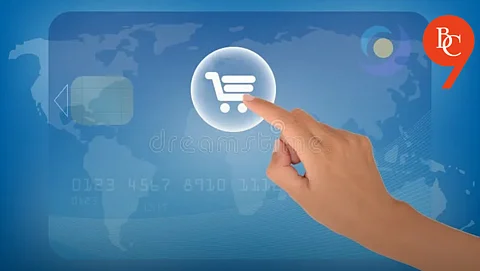

The digital marketplace evolves at breakneck speed, e-commerce leaders face unprecedented opportunities and challenges. In 2025, success demands not just keeping up with the latest technology, but anticipating shifts in consumer behavior, supply chain dynamics, and regulatory landscapes. Here’s what every e-commerce executive should know to stay ahead and thrive this year.
Artificial intelligence is now the backbone of leading e-commerce operations. AI powers everything from personalized product recommendations and dynamic pricing to automated customer service and inventory management. Leaders who leverage AI-driven insights can deliver tailored experiences, optimize conversion rates, and reduce operational costs.
Customers expect a seamless experience across all touchpoints—whether shopping online, via mobile, or in-store. Omnichannel strategies that unify inventory, marketing, and customer service are essential for building loyalty and driving sales.
Generic marketing is out; hyper-personalization is in. Today’s shoppers want curated experiences, personalized offers, and relevant content. AI-powered segmentation and predictive analytics help deliver the right message to the right person at the right time.
Consumers are increasingly prioritizing brands that demonstrate environmental responsibility and ethical practices. Transparent supply chains, eco-friendly packaging, and fair labor policies are now business imperatives, not just marketing points.
Global disruptions have underscored the importance of robust, agile supply chains. E-commerce leaders must invest in technologies that provide end-to-end visibility, predictive analytics, and flexible logistics solutions.
With stricter regulations and rising cyber threats, protecting customer data is paramount. Compliance with global standards (like GDPR and India’s DPDP Act) and proactive cybersecurity investments are essential for safeguarding your reputation and operations.
Social platforms are rapidly becoming key sales channels. Influencer marketing and shoppable content drive discovery and conversion, especially among Gen Z and millennial shoppers.
The e-commerce landscape will keep changing. Leaders must foster a culture of continuous learning, encourage experimentation, and stay agile in the face of new technologies and market shifts.
